Home>Ideas and Tips>Home Theater Acoustic Treatment to Optimize Your Audio Experience


Ideas and Tips
Home Theater Acoustic Treatment to Optimize Your Audio Experience
Modified: October 20, 2024
Optimize your home theater's audio with acoustic treatment. Learn practical tips to reduce echoes, enhance clarity, and create an immersive sound experience.
(Many of the links in this article redirect to a specific reviewed product. Your purchase of these products through affiliate links helps to generate commission for Storables.com, at no extra cost. Learn more)
Introduction
Creating an immersive home theater experience involves more than just a big screen and comfy seats. One often overlooked but crucial aspect is acoustic treatment. Properly treating your home theater space can elevate the sound quality significantly, making every movie, TV show, and music session a more enjoyable and engaging experience. So, why is acoustic treatment so important? Let's dive in and find out.
Why Acoustic Treatment is Important
Acoustic treatment is essential because it optimizes sound quality by reducing echoes, reverberations, and unwanted reflections. Imagine watching an action-packed movie, but the dialogue sounds muffled, and the explosions are more like dull thuds. Not fun, right? Proper acoustic treatment ensures that every whisper, explosion, and musical note is reproduced faithfully. This means you can experience the intended audio nuances of your favorite movies, music, or gaming sessions without any distortion.
Key Reasons for Acoustic Treatment
- Elevating Sound Quality: Proper acoustic treatment ensures that every sound is clear and precise. You’ll hear every detail, from the softest whisper to the loudest explosion.
- Minimizing Echoes and Reverberations: Echoes and reverberations can make the audio experience muddy and less immersive. Acoustic treatment helps minimize these issues by absorbing or diffusing sound waves effectively.
- Enhancing Clarity and Intelligibility: By reducing reflections and ensuring that sound waves reach the listener directly, acoustic treatment enhances clarity and intelligibility of the audio. This makes it easier to pick up on subtle details in dialogue or music.
- Creating a Balanced Frequency Response: Acoustic treatment helps in creating a balanced frequency response by attenuating specific frequency ranges. This results in a more natural and lifelike sound that enhances the overall cinematic experience.
Understanding Room Acoustics
Before diving into the specifics of acoustic treatment, it's essential to understand how room acoustics work. Room acoustics refer to the way sound behaves within a space. This includes how sound waves interact with the surfaces, furniture, and layout of the room. Proper room acoustics are crucial for creating a balanced and clear sound, which is essential for an immersive audio experience.
Factors Affecting Room Acoustics
Several factors influence room acoustics:
- Room Size and Shape: The size and shape of the room can significantly impact sound quality. Larger rooms often require more acoustic treatment to control reverberation and echoes, while smaller rooms may need more targeted solutions to avoid over-absorption.
- Materials Used: Different materials used in the construction of the room can affect sound waves. For example, hard surfaces like concrete or hardwood can reflect sound, while soft surfaces like carpets or acoustic panels can absorb it.
- Speaker Placement: The placement of speakers is critical in achieving optimal sound quality. Speakers should be positioned to minimize reflections and ensure that sound waves reach the listener directly.
- Seating Position: The seating position also plays a role in room acoustics. Listeners should be placed in a way that minimizes reflections from walls, ceiling, and other surfaces.
- Acoustic Panels: Acoustic panels are designed to absorb sound waves, reducing echoes and reverberations. They come in various shapes, sizes, and materials, each suited for different frequency ranges.
- Diffusers: Diffusers help scatter sound waves, reducing reflections and creating a more even sound distribution. They are particularly useful in areas where direct absorption is not feasible.
- Bass Traps: Bass traps are specialized acoustic panels designed to handle low-frequency sound waves. They are essential in rooms where bass frequencies can cause significant reverberation.
Practical Tips for Acoustic Treatment
While understanding the principles behind acoustic treatment is crucial, implementing it effectively requires practical steps. Here are some tips to help you optimize your home theater's acoustics:
Minor Redecorating
Sometimes, minor redecorating can significantly improve room acoustics without breaking the bank or causing major disruptions. For example:
- Fabric-Based Shades: Installing fabric-based shades on glass sliding doors can break up reflections occurring there.
- Throw Rugs: Placing throw rugs on hard floors in front of speakers can diminish reflections from the center channel speaker, improving audio clarity.
Speaker Placement
Speaker placement is critical in achieving optimal sound quality. Here are some tips:
- Position Speakers Correctly: Ensure that speakers are placed at ear level or slightly above to minimize reflections from walls and ceiling.
- Use Speaker Stands: Using speaker stands can help position speakers correctly and reduce reflections from surfaces.
- Experiment with Placement: Don’t be afraid to experiment with different speaker placements until you find the optimal position for your room.
Adding Acoustic Panels
Acoustic panels are a crucial component of any home theater setup. Here’s how to use them effectively:
- Choose the Right Panels: Select panels that are designed for your specific frequency range needs (e.g., bass traps for low frequencies).
- Place Panels Strategically: Place panels in areas where sound waves tend to bounce back (e.g., corners, behind speakers).
- Use a Combination of Absorption and Diffusion: Aim for a balance between absorption (to reduce echoes) and diffusion (to scatter sound waves).
Incorporating Diffusers
Diffusers help scatter sound waves, reducing reflections and creating a more even sound distribution. Here’s how to incorporate them:
- Use Diffusers in Corners: Place diffusers in corners where sound waves tend to accumulate.
- Experiment with Different Types: Try out different types of diffusers (e.g., DIY solutions like fabric-covered frames or commercial products).
Bass Traps
Bass traps are specialized acoustic panels designed to handle low-frequency sound waves. Here’s how to use them effectively:
- Identify Problem Areas: Identify areas where bass frequencies cause significant reverberation.
- Use Bass Traps Strategically: Place bass traps in these areas to absorb low-frequency sound waves.
- Monitor Results: Adjust placement based on monitoring results to achieve optimal bass control.
DIY vs. Commercial Solutions
When it comes to acoustic treatment, you have two main options: DIY solutions or commercial products. Here’s a comparison of both:
DIY Solutions
DIY solutions can be cost-effective and fun, but they require careful planning and execution:
- Materials Needed: Common materials include fabric, foam, and wood.
- Design Considerations: Ensure that your design takes into account the specific frequency ranges you need to address.
- Placement Strategy: Strategically place your DIY panels in areas where sound waves tend to bounce back.
Commercial Products
Commercial products offer convenience and often better performance due to advanced materials and designs:
- Consultation Services: Many manufacturers offer consultation services to help you determine the best treatment options for your space.
- Free Online Calculators: Use free online calculators provided by manufacturers to decide on suitable treatment options.
- Professional Installation: Consider hiring professionals for installation if you’re not confident in your DIY skills.
Case Study: A Beginner's Guide to Acoustic Treatment
Let’s take a look at a beginner’s journey into acoustic treatment as described by Andy Munro, an acoustic design specialist:
Outcome Desired
The first thing to grasp is the outcome you want to achieve. It’s a common misconception that acoustic treatment should kill all reverberation, and that you want a room covered floor-to-ceiling with foam tiles: this isn’t what you’re aiming for. You need to bear in mind the limitations imposed by space and budget: most home studios are small in comparison with professional studios, and many home-studio owners simply don’t have the funds for bespoke treatment solutions.
Getting Started
Before undertaking this project, it’s essential to read plenty about acoustics. The space in question included an area that would provide a reasonable-sized live room and another that would serve as a small control room. The goal was to get the performance space right.
Read more: Which Audio Port Connects To An External Home Theater Audio System Providing Digital Audio Output
Choosing Commercial Panels
Deciding to buy commercially available panels was a practical choice given time constraints and lack of DIY inclination. Most manufacturers offer consultation services and free online calculators to help decide on suitable treatment options.
Vicoustic’s Approach
Choosing Vicoustic proved insightful as they suggested a plan that surprised by not requiring total wall coverage. In fact, Jorge Castro from Vicoustic noted that typical home studios need only between 30 and 40 percent coverage to adequately treat them. This highlights that over-treatment can be counterproductive.
Proportion of Absorption vs. Diffusion
The proportion of absorption to diffusion can vary significantly due to budget and space constraints. Some believe it should be 50 percent absorption and 50 percent diffusion; however, in home studios, this ratio can vary considerably.
Conclusion
Optimizing your home theater's acoustics through proper acoustic treatment is crucial for achieving an immersive audio experience. By understanding room acoustics, incorporating practical tips such as minor redecorating, correct speaker placement, adding acoustic panels strategically, incorporating diffusers effectively, using bass traps where necessary, and choosing between DIY or commercial solutions based on your needs—any homeowner can elevate their home theater experience from ordinary to extraordinary.
Remember that while aesthetics are important in designing your home theater space—functionality should never be overlooked. Prioritizing acoustic treatment ensures that every movie night or music session becomes an unforgettable journey into soundscapes that transport you into another world of cinematic bliss.
By following these guidelines and tips outlined above, you'll be well on your way to creating an optimal listening environment that maximizes the enjoyment of your home theater experience.
Was this page helpful?
At Storables.com, we guarantee accurate and reliable information. Our content, validated by Expert Board Contributors, is crafted following stringent Editorial Policies. We're committed to providing you with well-researched, expert-backed insights for all your informational needs.
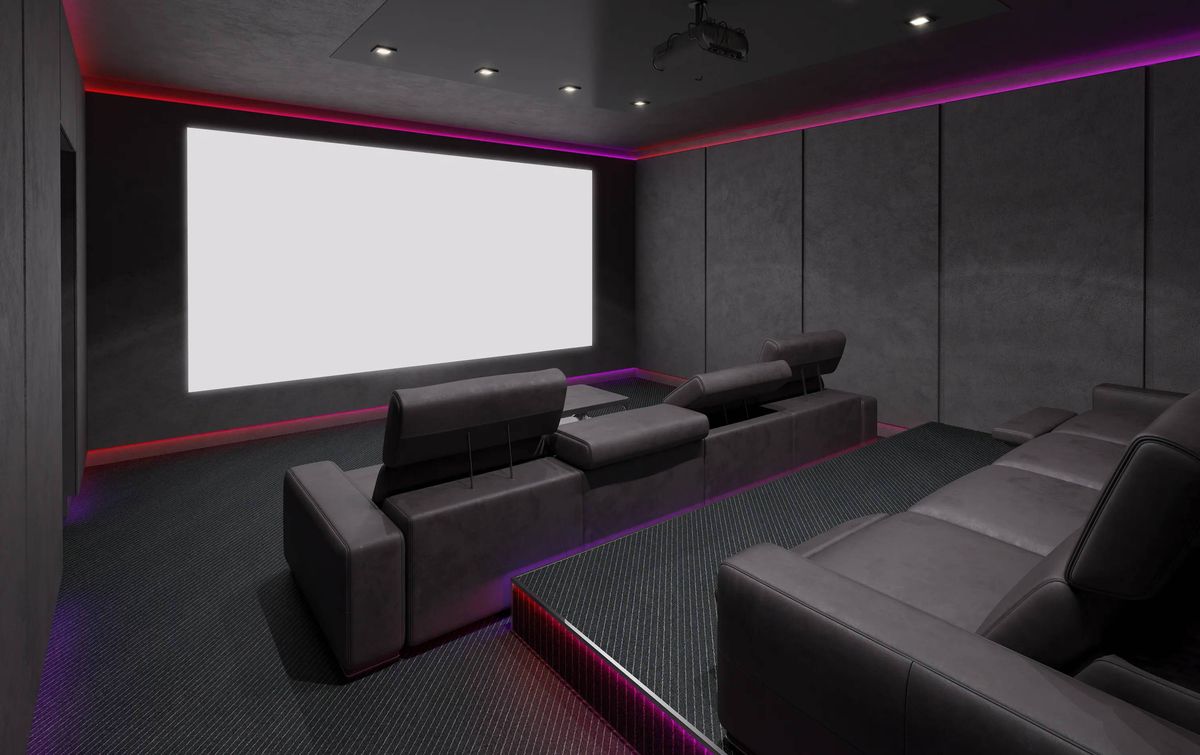

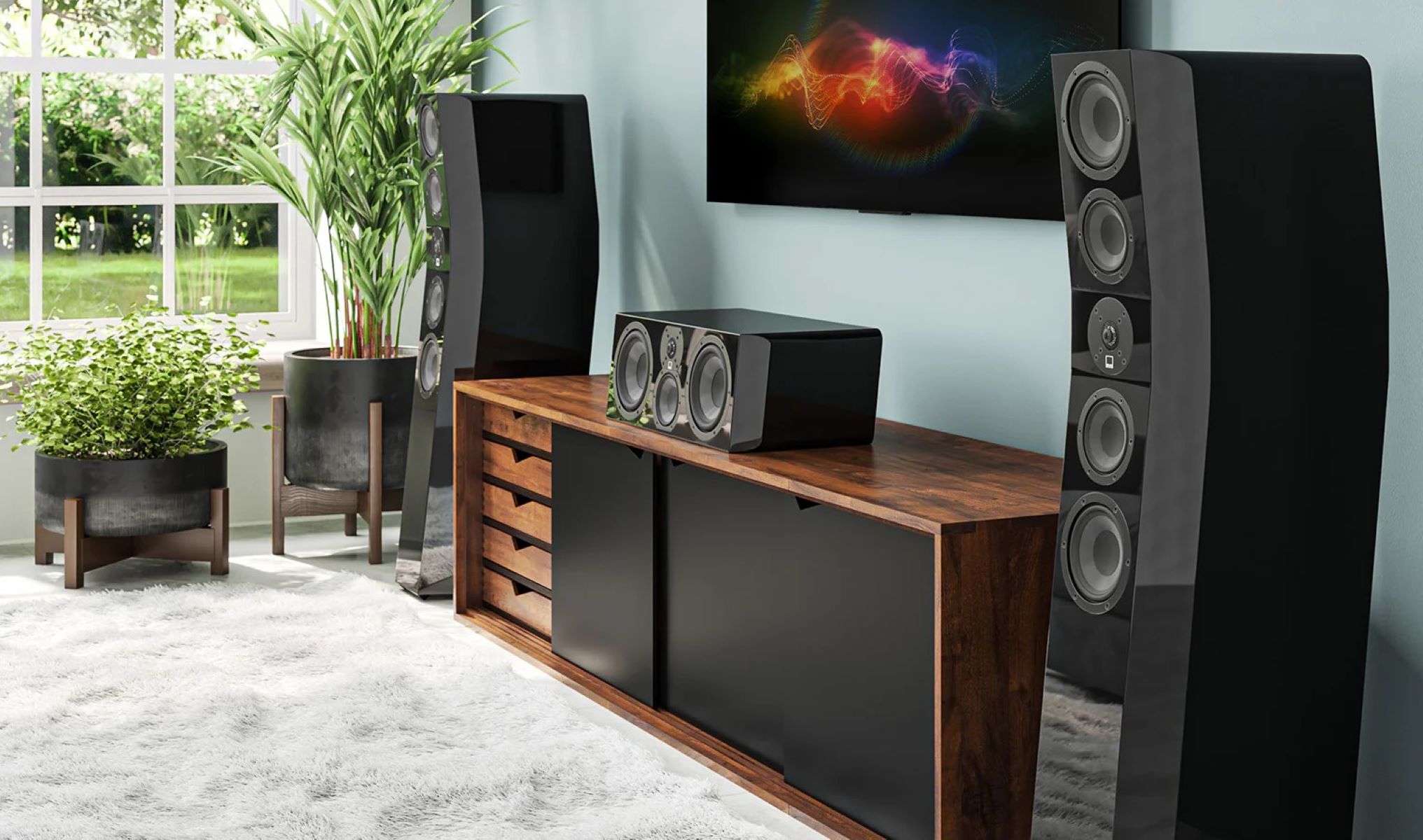
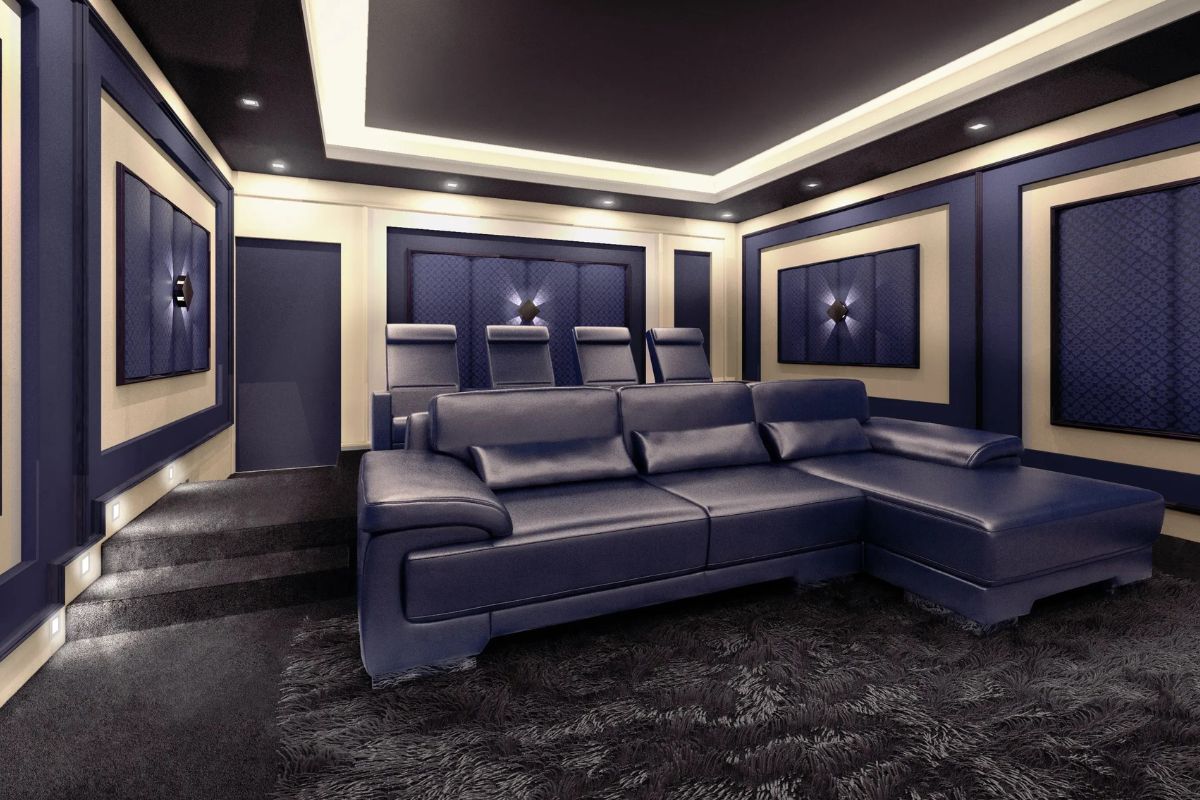
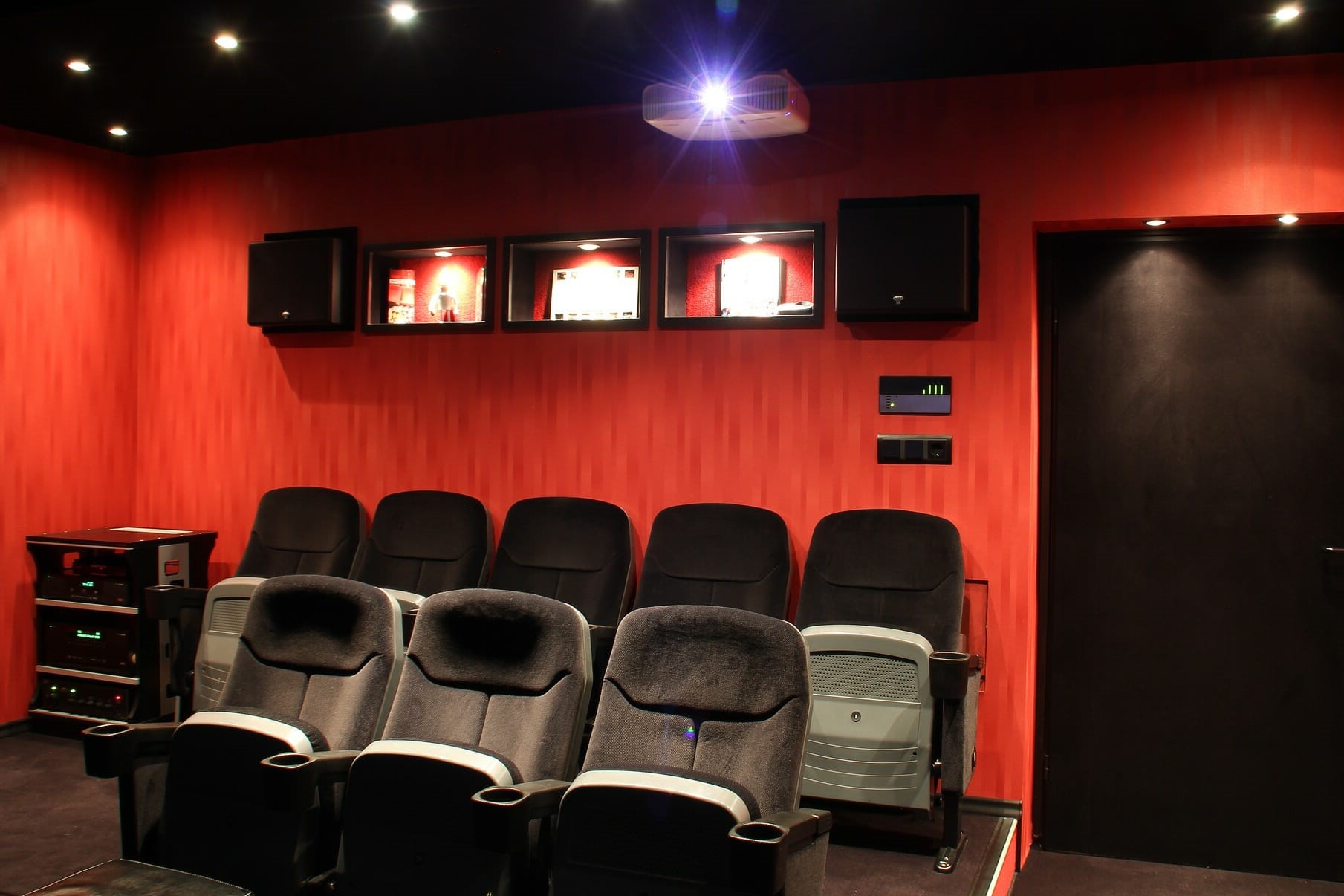
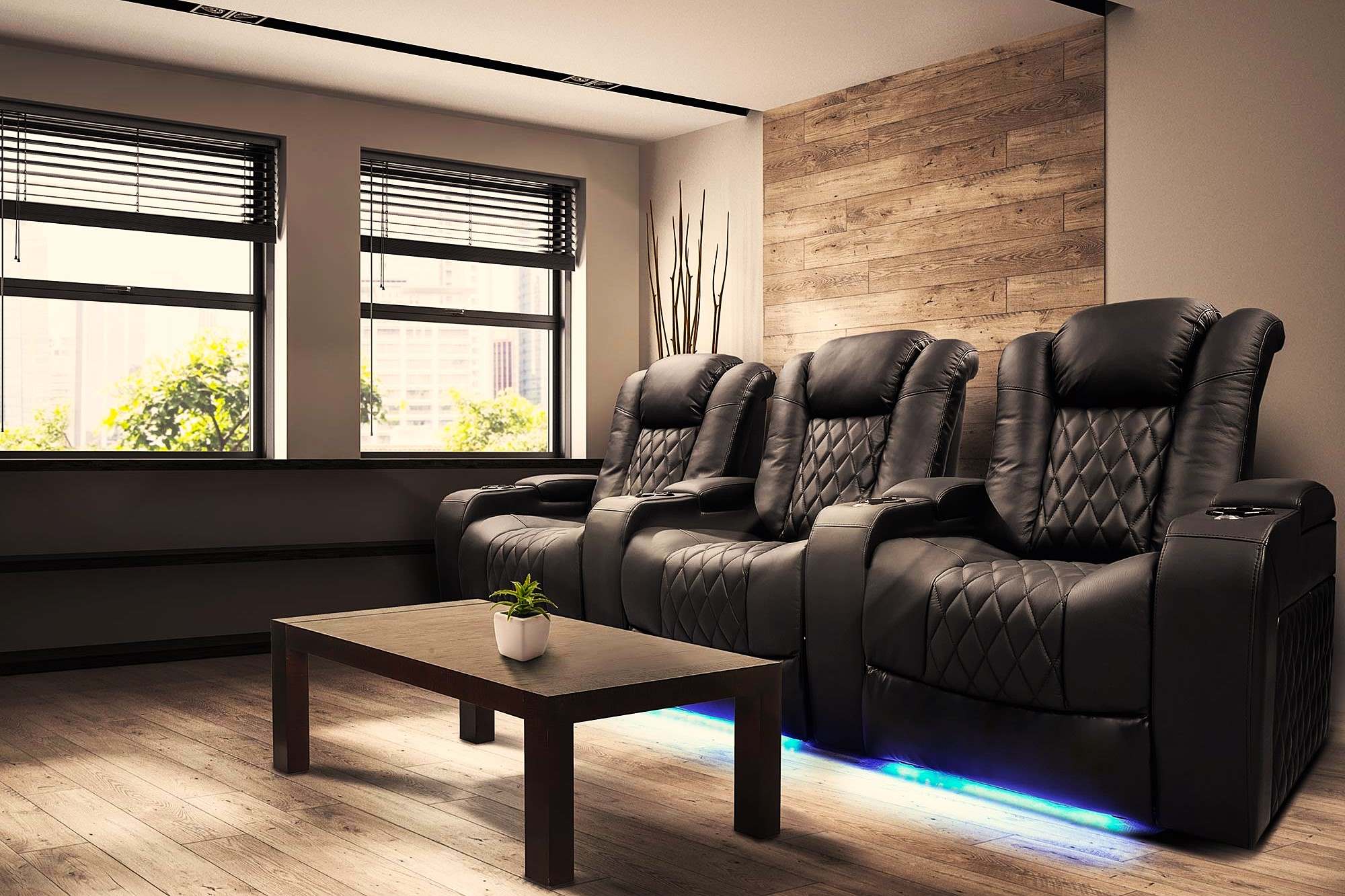
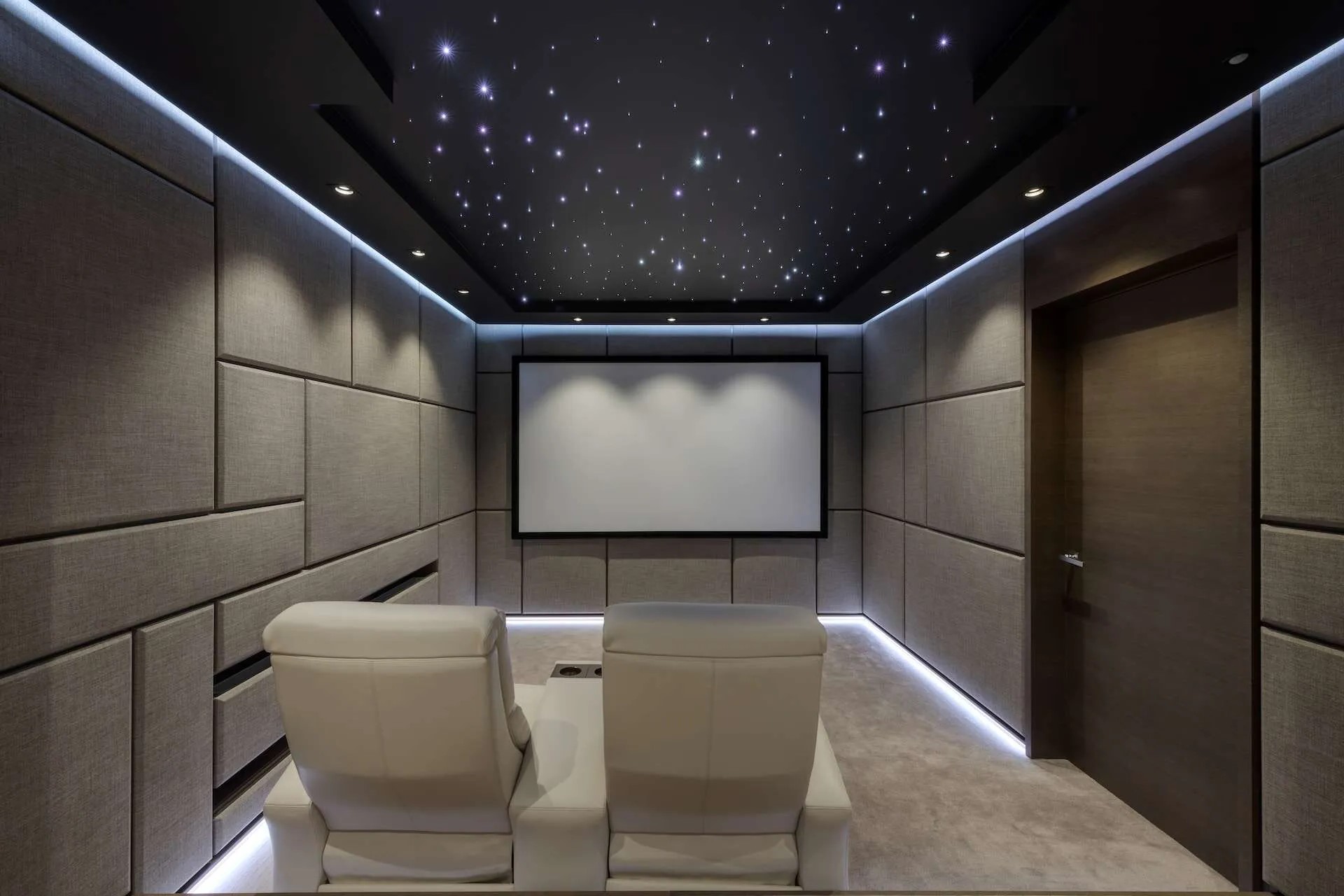
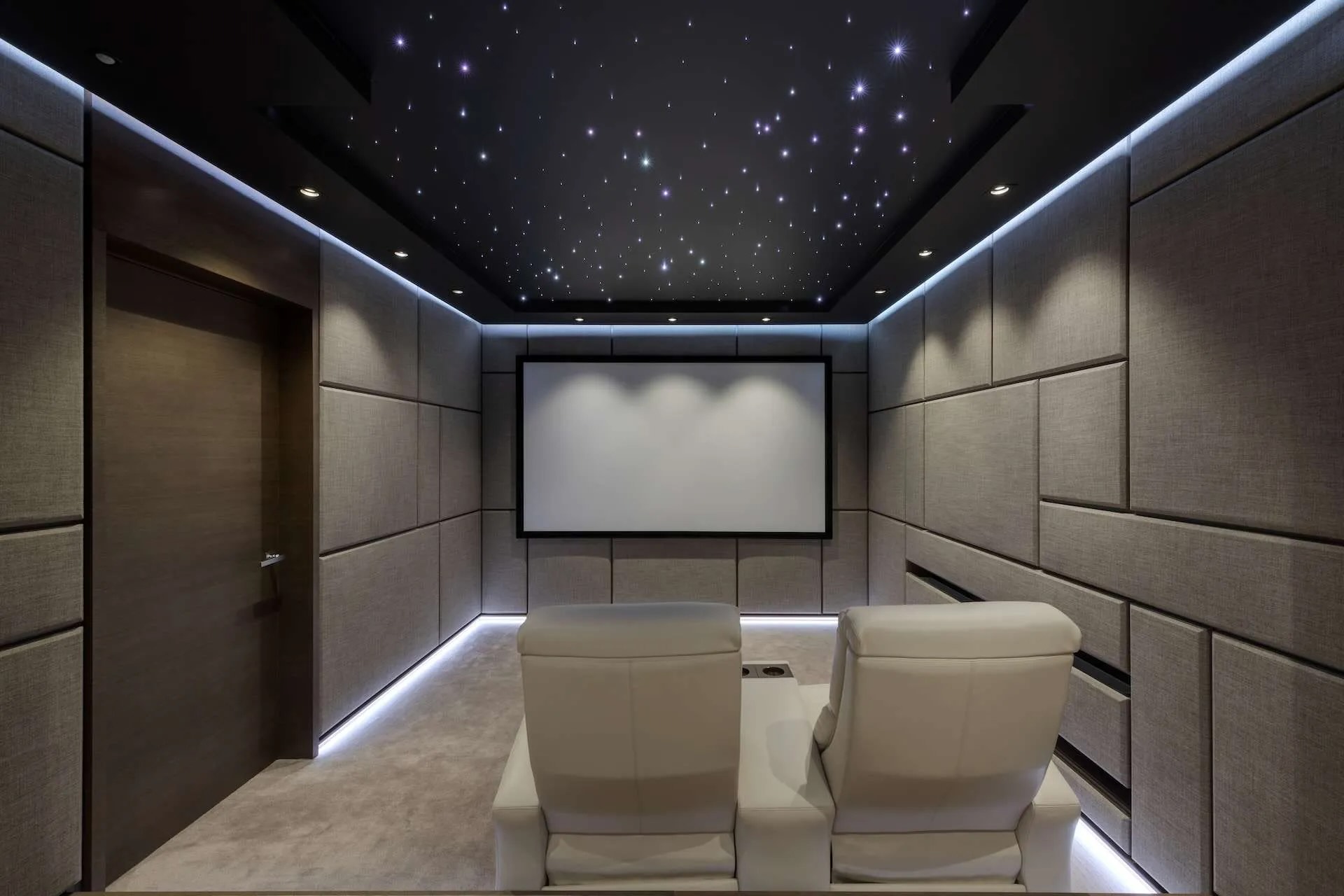

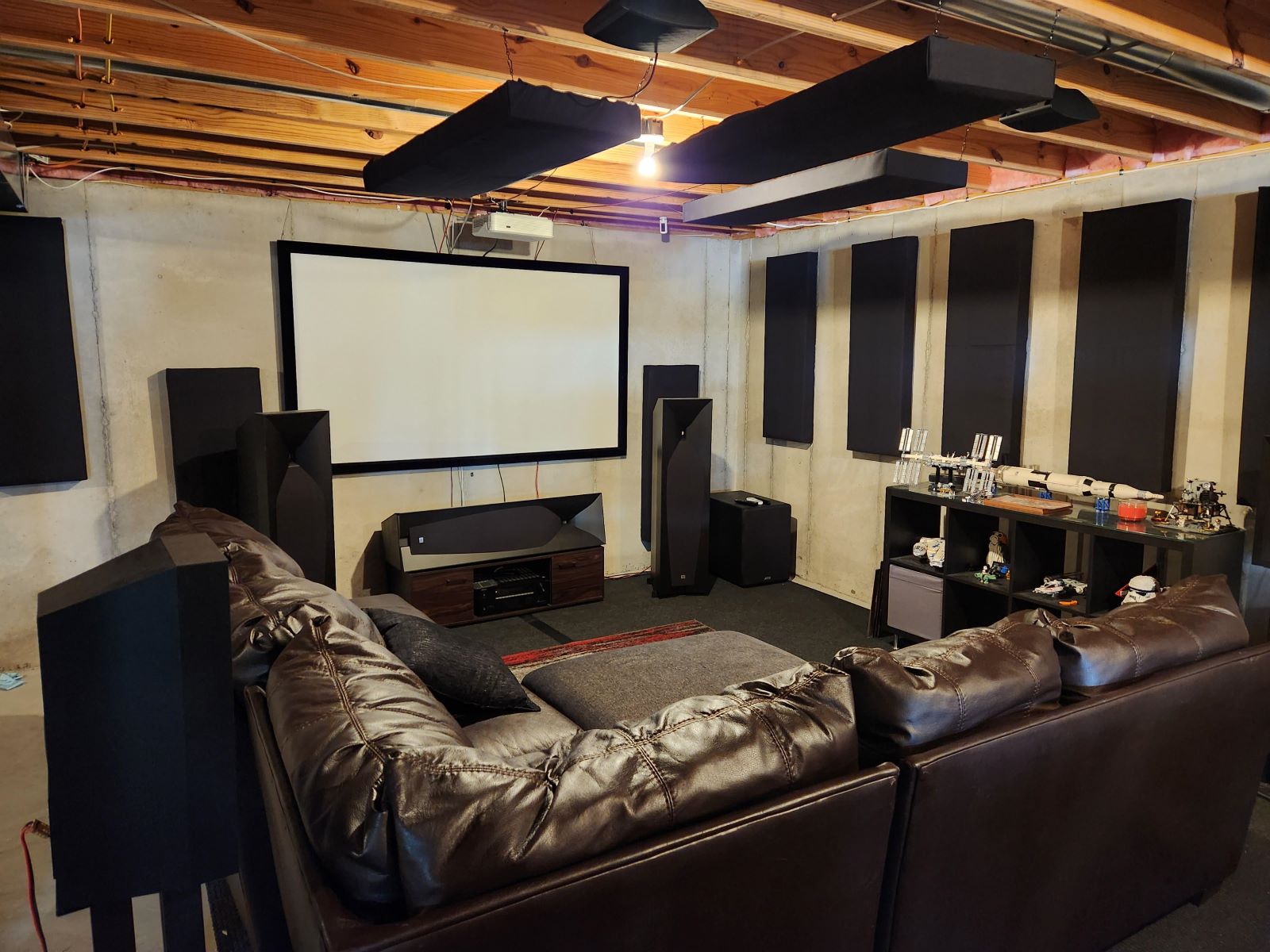


0 thoughts on “Home Theater Acoustic Treatment to Optimize Your Audio Experience”